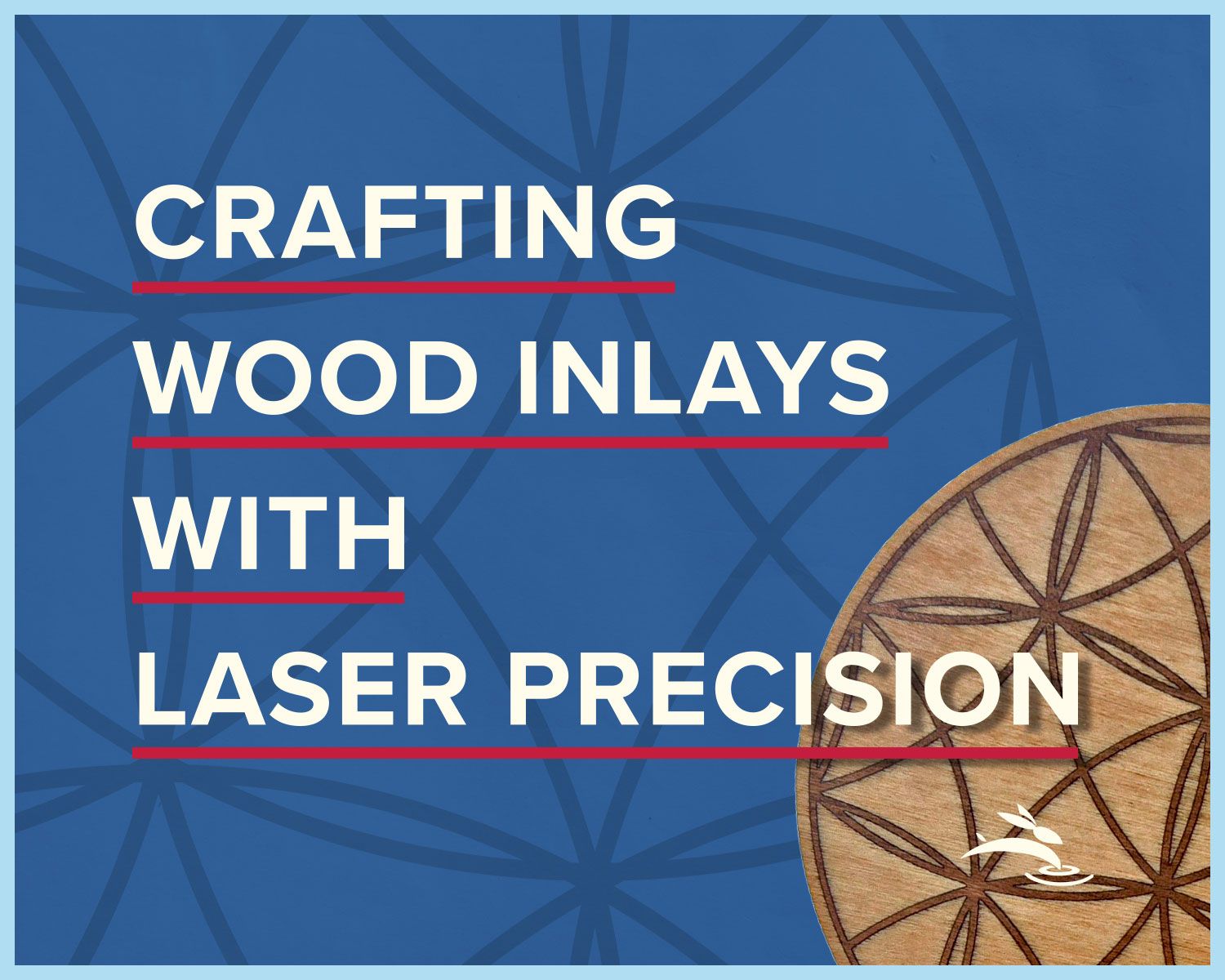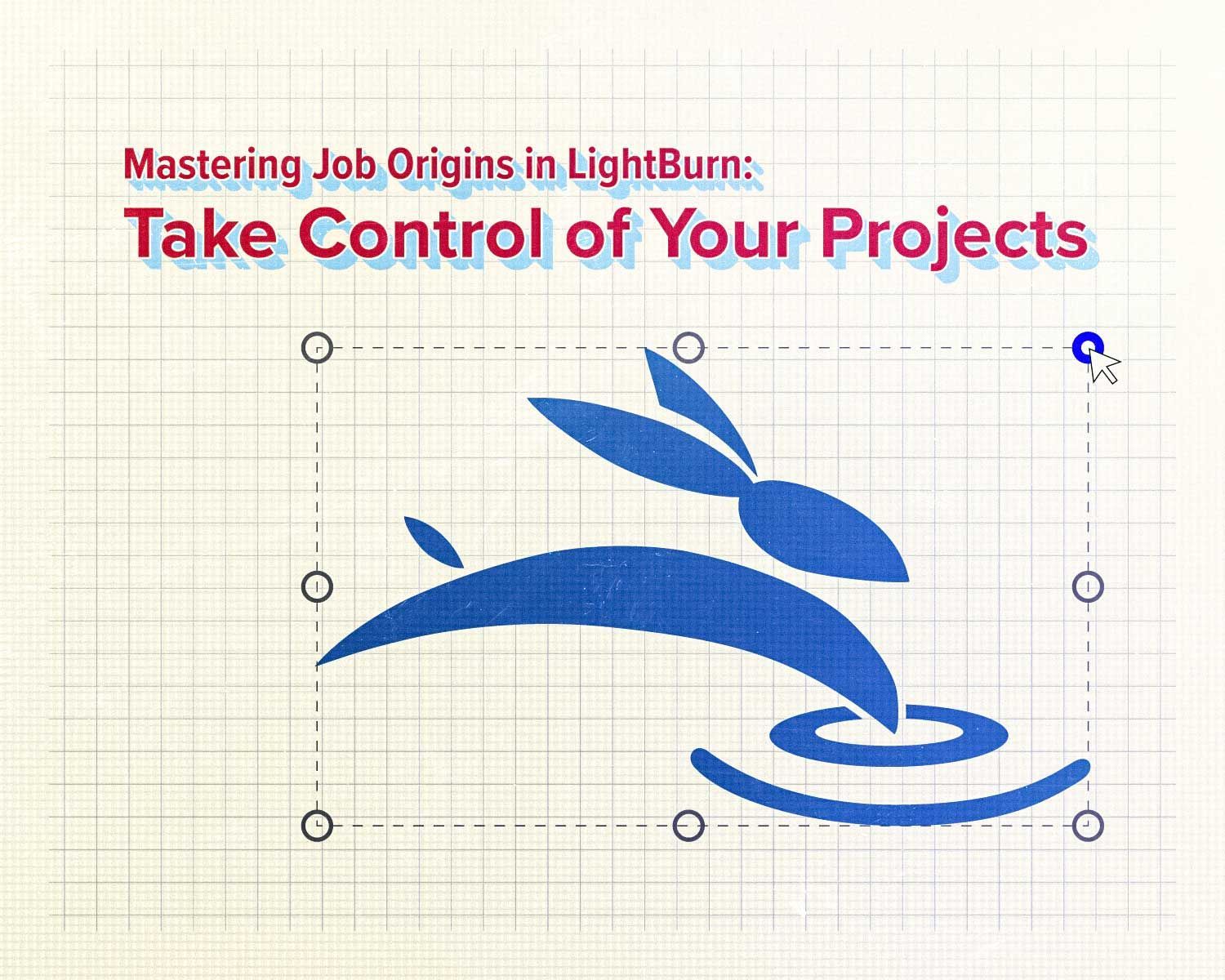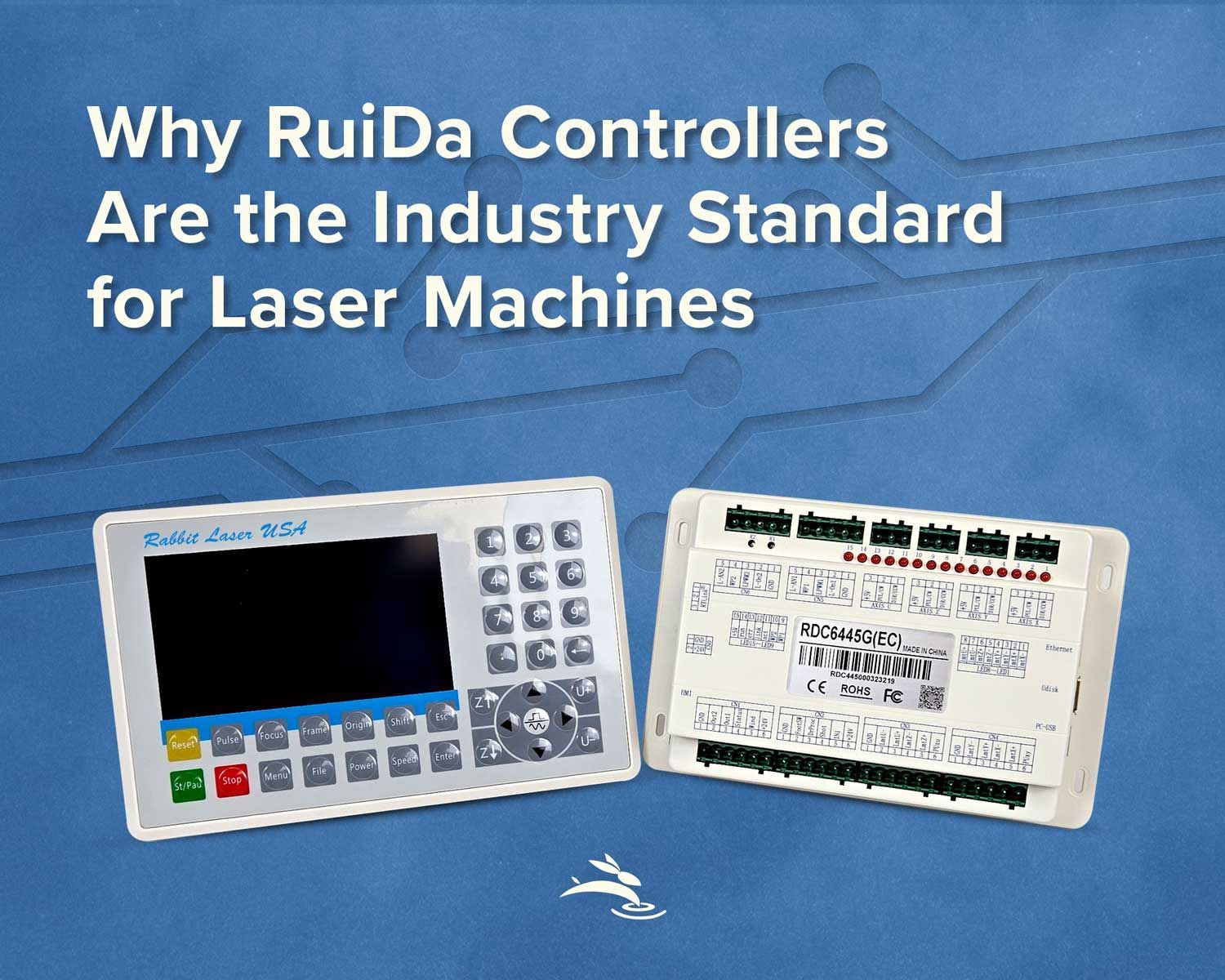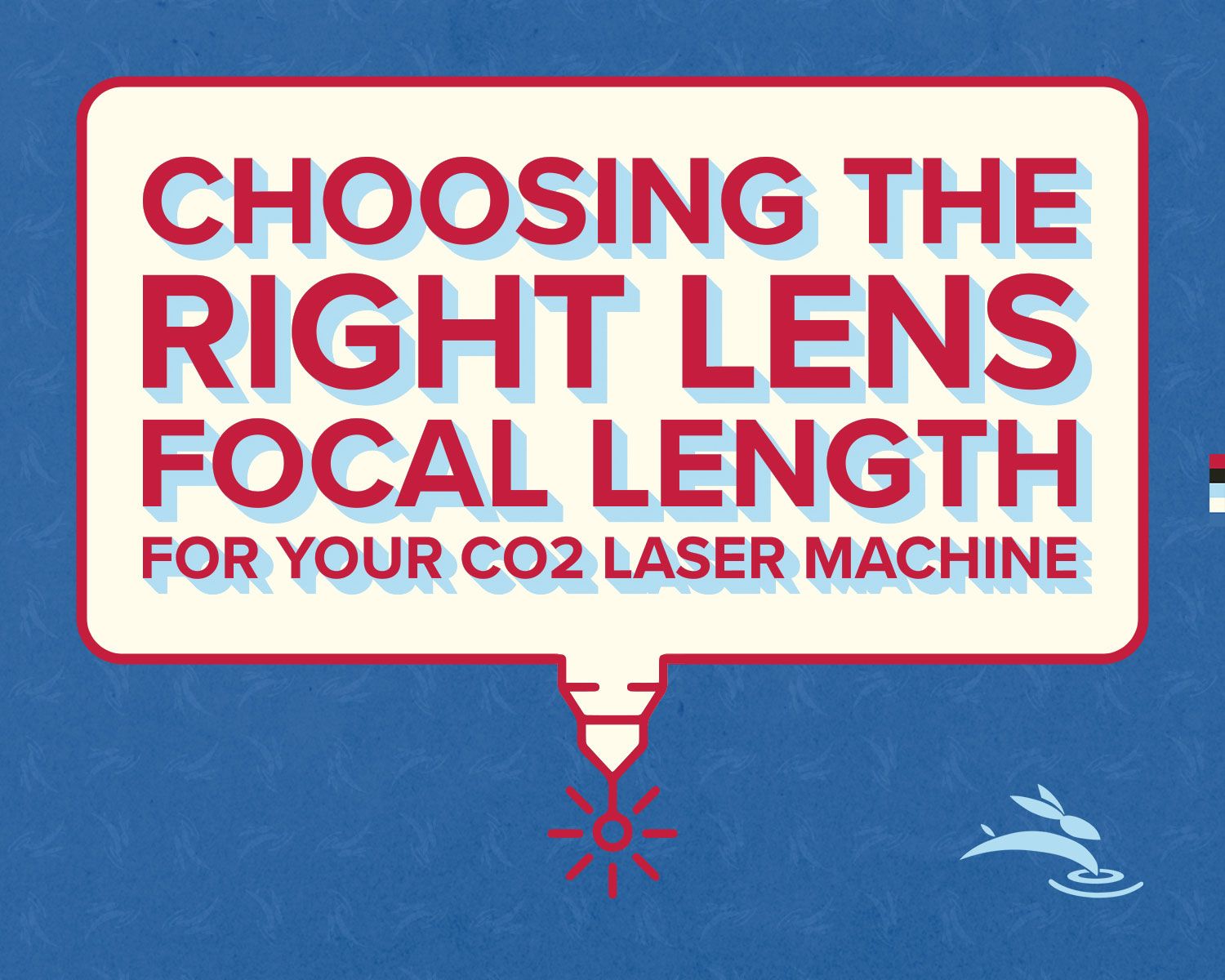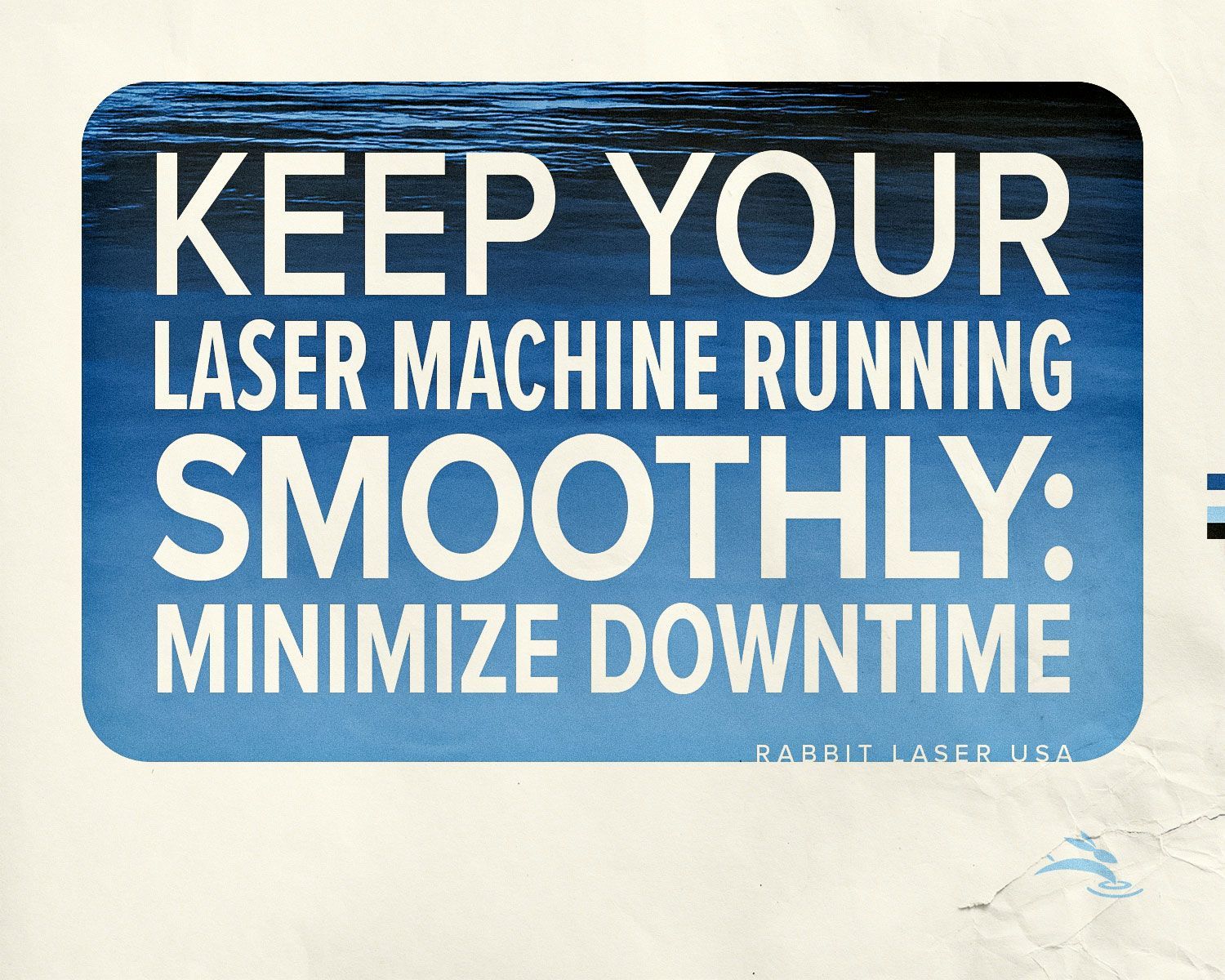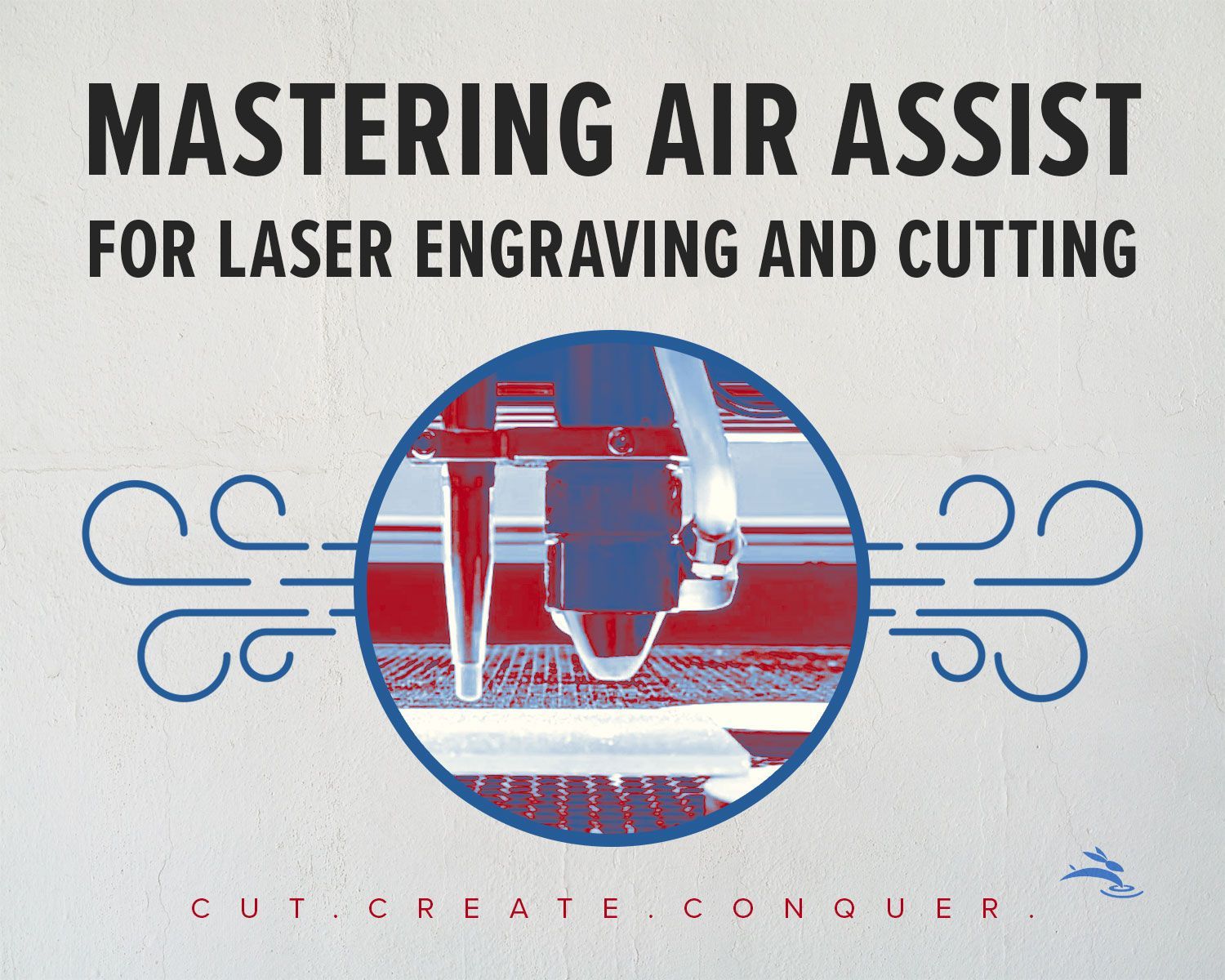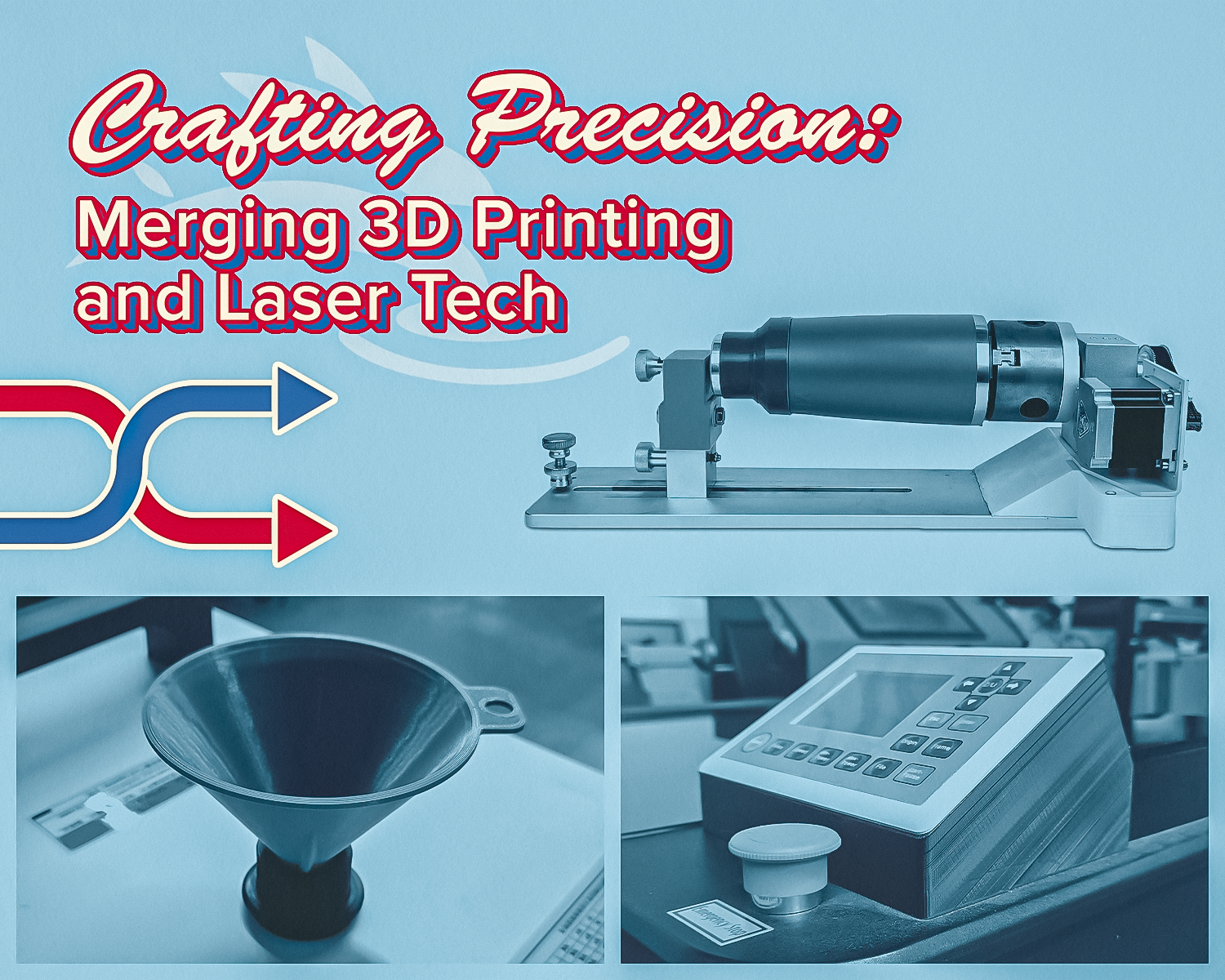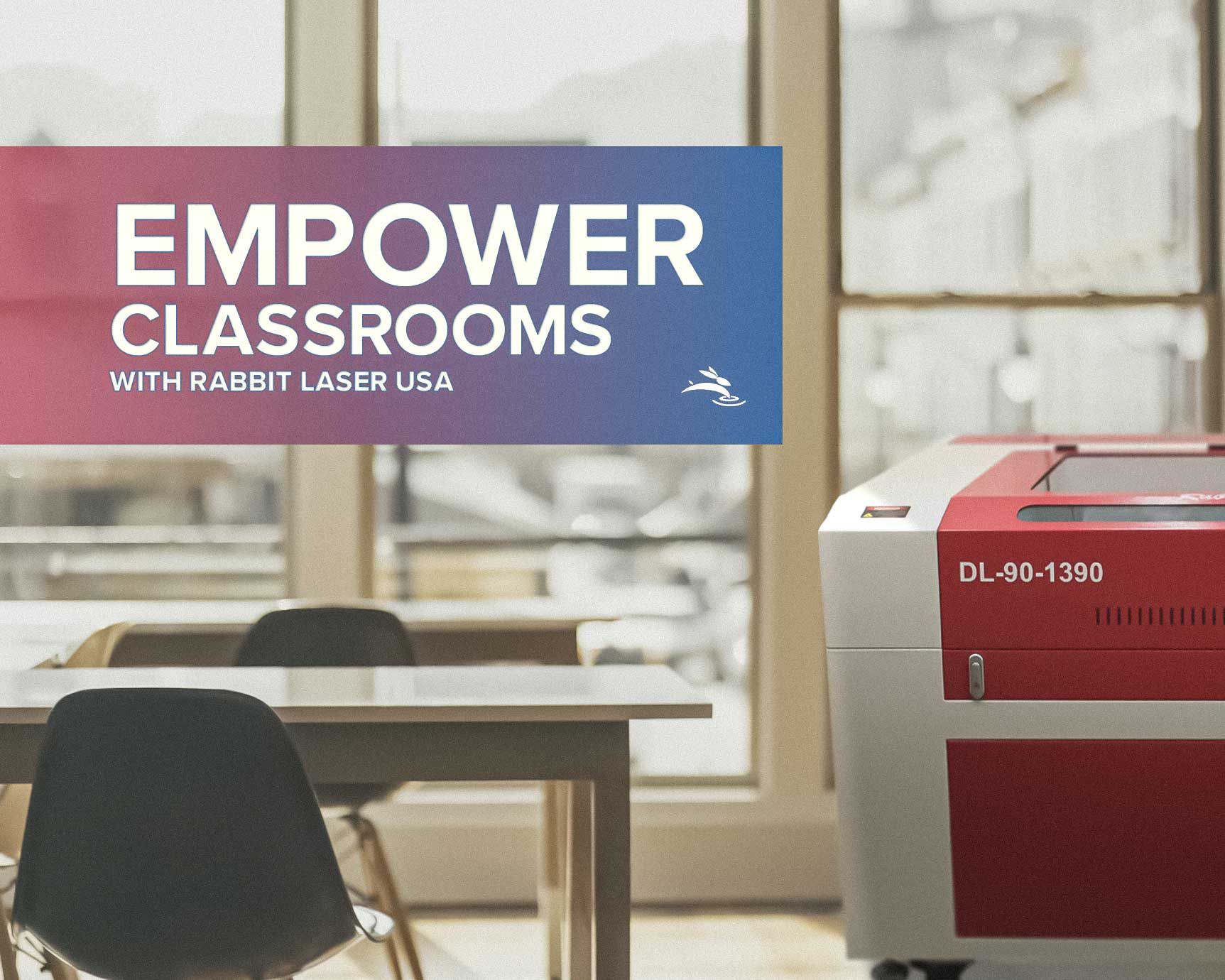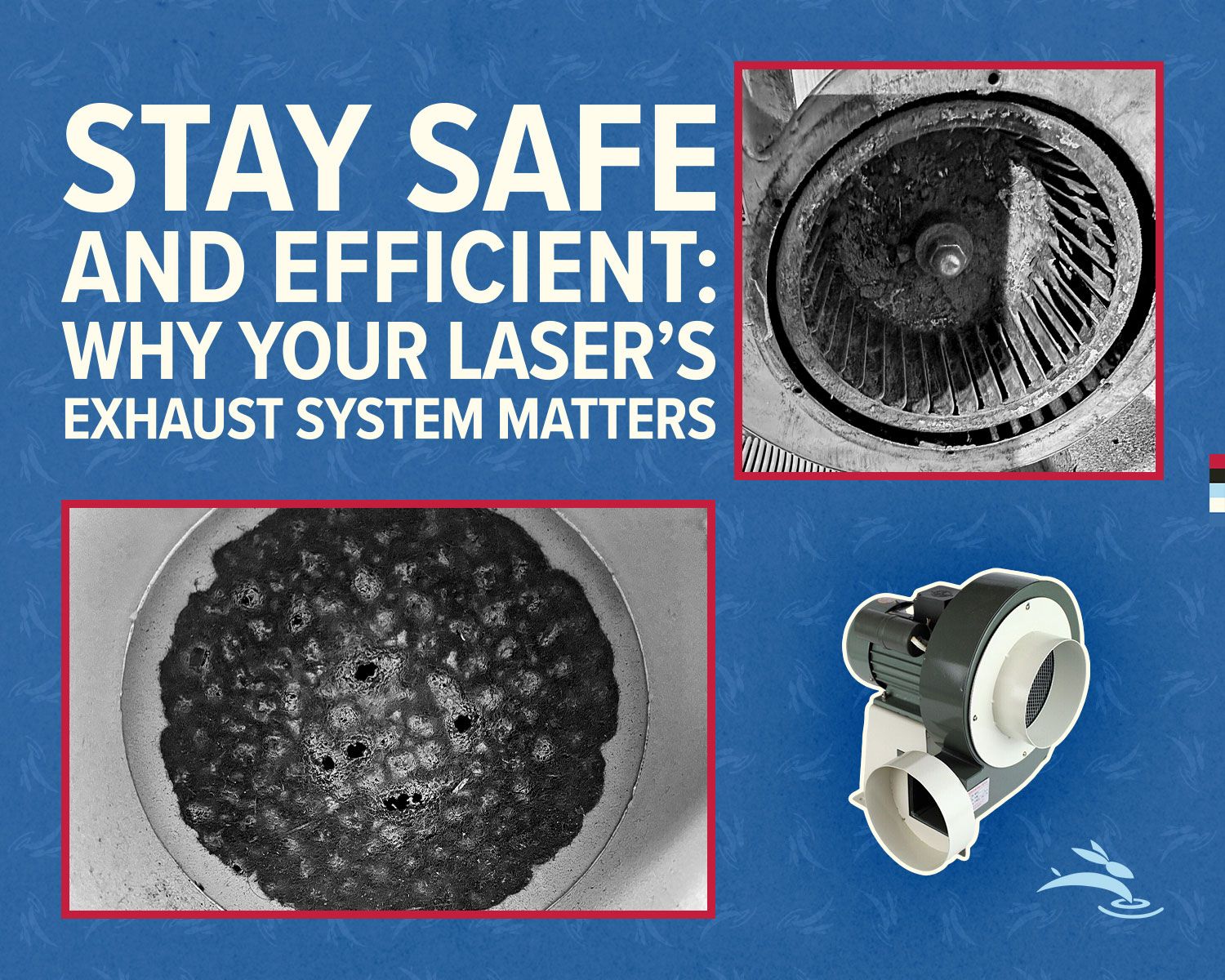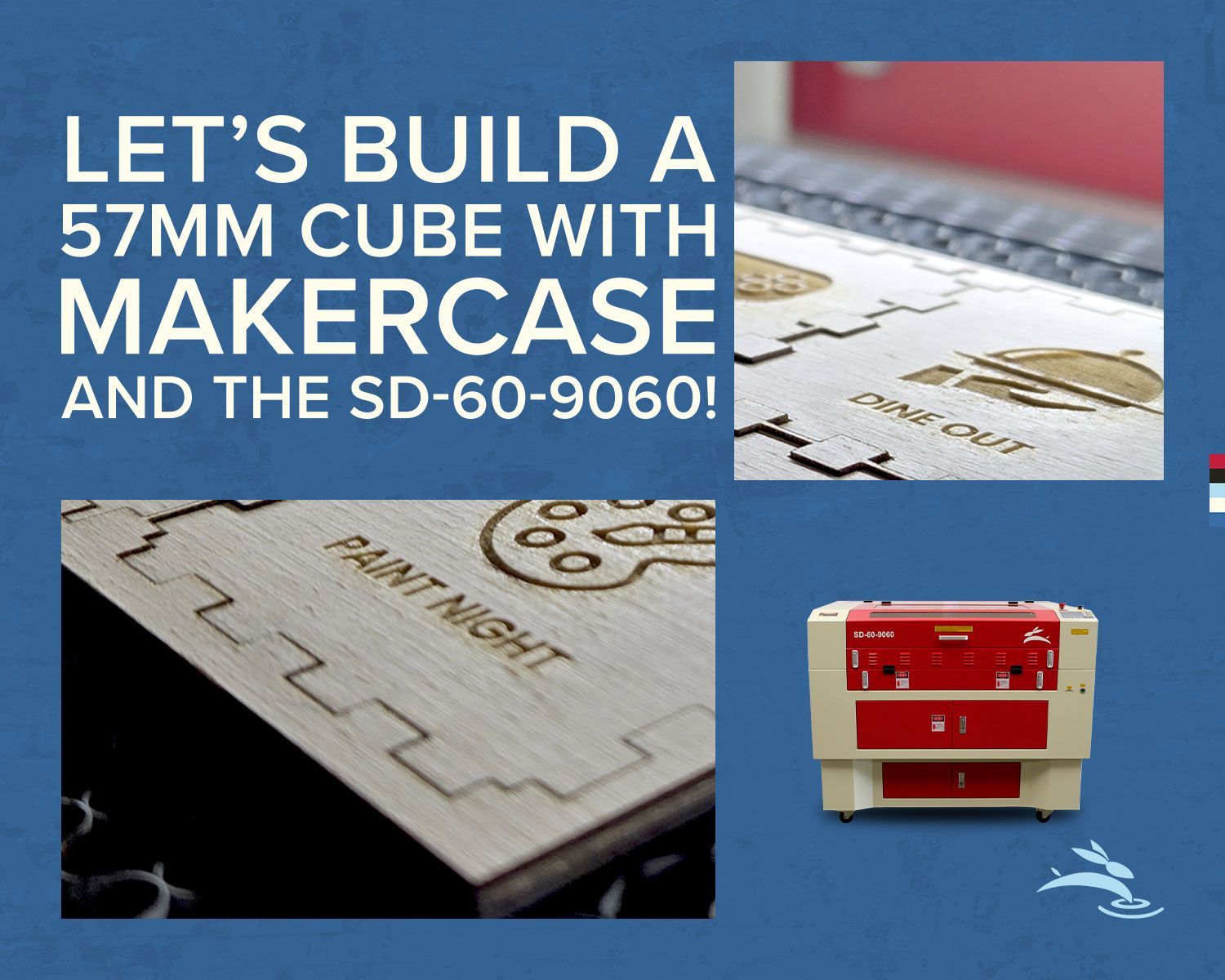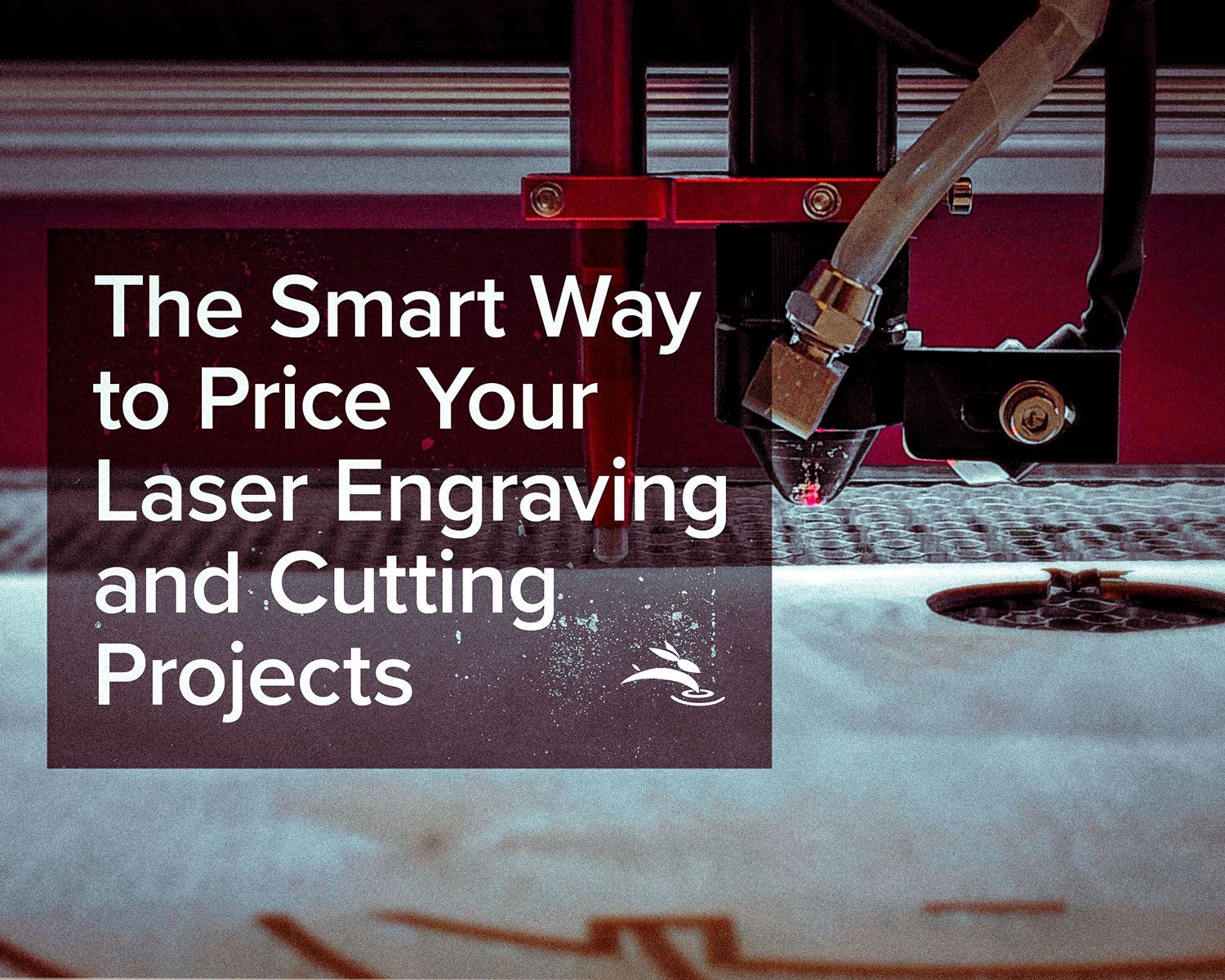
The Smart Way to Price Your Laser Engraving and Cutting Projects
When you’re just starting with laser engraving and cutting, one of the toughest challenges is figuring out how to price your projects. Too low, and you may not cover your costs. Too high, and potential customers might look elsewhere. So, how do you find that sweet spot?
This guide will walk you through practical steps to help you confidently price both your laser engraving and cutting projects. We’ll cover everything from material costs to machine wear, so you can balance profitability and customer satisfaction.
Understanding the Basics of Pricing
Before we dive into specifics, it’s essential to understand the difference between fixed and variable costs.
- Fixed costs are your ongoing expenses that don’t change with each project, like your laser machine, workspace, or software subscriptions.
- Variable costs are those that change depending on the project, such as the materials you use, the electricity to power the machine, and the time spent engraving or cutting.
Knowing your break-even point—the minimum you need to charge just to cover your costs—is critical. To calculate it, divide your fixed costs by the number of projects you expect to complete in a set time. For instance, if your fixed costs are $1,000 per month and you plan to do 50 projects, your break-even point per project is $20.
Once you understand this, you can start pricing your work to ensure you're not only covering costs but making a profit as well.
Calculating Material Costs
Whether you’re laser engraving or cutting, materials will always be one of your biggest expenses. Whether it's wood, acrylic, metal, or something else, it’s important to know the cost of each material you’re using.
- How to price materials: When you buy materials in larger quantities (like sheets of plywood or rolls of acrylic), you can break the cost down based on the amount used per project. For example, if you buy a 4’ x 8’ sheet of plywood for $50 and only use a 12” x 12” square for a project, calculate what fraction of the sheet that is and apply that cost.
Pro Tip: Always add 10-15% to account for waste and mistakes, especially when cutting intricate designs.
Factoring in Machine Wear and Maintenance
Your laser machine is a workhorse, but even the best machines experience wear and tear, especially with cutting projects that require more power.
- Depreciation: Over time, your machine will lose value, so it’s essential to factor that into your pricing. For instance, if you spent $5,000 on your machine and estimate it will last 5,000 hours, you’re looking at about $1 per hour in depreciation costs.
- Maintenance costs: In addition to depreciation, parts like lenses, mirrors, and tubes may need regular replacement. Adding a small amount to each project price helps you cover these future expenses.
For laser cutting, where higher power settings are typically used, this wear might happen more quickly than with engraving, so it’s worth keeping a close eye on your machine’s performance.
Time is Money: How to Charge for Labor
Whether you’re engraving a detailed design or cutting intricate shapes, the time you spend on each project is valuable.
- Hourly rate: Decide on a fair hourly rate based on your experience and market rates in your area. For example, $25–$40 per hour is a good starting point. Remember, even if this is a hobby for you, your time is still worth money.
- Tracking time: Track all the time spent on a project, including design, setup, engraving, cutting, and cleanup. For larger or more intricate cutting projects, keep in mind that more powerful laser settings might require extra time for adjustments and supervision.
Using a timer or project tracking software can help ensure you’re not underestimating your labor.
Factoring in Overhead Costs
Overhead includes the recurring expenses needed to keep your business running, like electricity, rent, and software subscriptions. These costs might seem small, but they can add up quickly.
- How to factor in overhead: Break down your monthly overhead and divide it by the number of projects you typically complete. For instance, if your overhead is $500 a month and you complete 20 projects, that’s $25 per project in overhead.
Since laser cutting generally uses more power than engraving, you may want to slightly increase the overhead cost for projects that involve a lot of cutting.
Adding Profit Margin
The ultimate goal of pricing is to make a profit! Once you’ve calculated your total costs (materials, labor, machine wear, and overhead), it’s time to add a profit margin.
- Setting a profit margin: Start by adding 20-30% to your costs to determine a healthy profit. For example, if your total costs for a project are $50, a 25% profit margin would bring your final price to $62.50.
Pro Tip: Keep an eye on what competitors are charging for similar projects and adjust your profit margin to stay competitive. You may find that for certain projects, like complex cuts or custom engravings, you can justify a higher margin.
Pricing Standard vs. Custom Projects
Pricing can vary depending on whether you’re offering standard products or custom work.
- Standard products: If you’re making items like engraved tumblers, coasters, or keychains, you can develop a consistent price for each item. This way, your customers know what to expect, and it’s easier for you to quote quickly.
- Custom projects: Custom jobs, especially those involving intricate laser cutting designs, will require more time and care. Don’t be afraid to charge extra for custom work, as it often takes more effort and time. Consider adding a design fee or setup fee to reflect the additional complexity.
Offering Discounts and Bundling Projects
Discounts and bundled services can be great ways to encourage repeat business or boost sales.
- When to offer discounts: Offering discounts can help you bring in more customers, but you don’t want to give them away too often. Consider offering discounts for bulk orders or during special events like holidays.
- Creating packages: Bundling multiple items together (like an engraved item and a matching display stand) can help increase your overall sale without sacrificing too much profit. It’s a win-win: the customer feels like they’re getting more value, and you move more product.
Final Price Calculation Formula
Now that we’ve covered all the details, here’s a simple formula to help you price your laser engraving and cutting projects:
(Material Cost + Time Cost + Machine Wear + Overhead) x Profit Margin = Final Price
For example, let’s say you’re creating a custom acrylic sign with both engraving and cutting:
- Material cost: $8
- Time cost (2 hours @ $30/hour): $60
- Machine wear: $3
- Overhead: $15
- Total costs: $86
- With a 25% profit margin, your final price would be $86 x 1.25 = $107.50
Conclusion
Pricing your laser engraving and cutting projects may seem daunting at first, but once you break it down step by step, it becomes much more manageable. By understanding your costs, tracking your time, and adding a fair profit margin, you’ll be able to set prices that are fair to you and attractive to customers. 🐰
Ready to start your next project? Check out Rabbit Laser USA’s reliable, versatile laser machines that can handle both engraving and cutting with precision and power!
